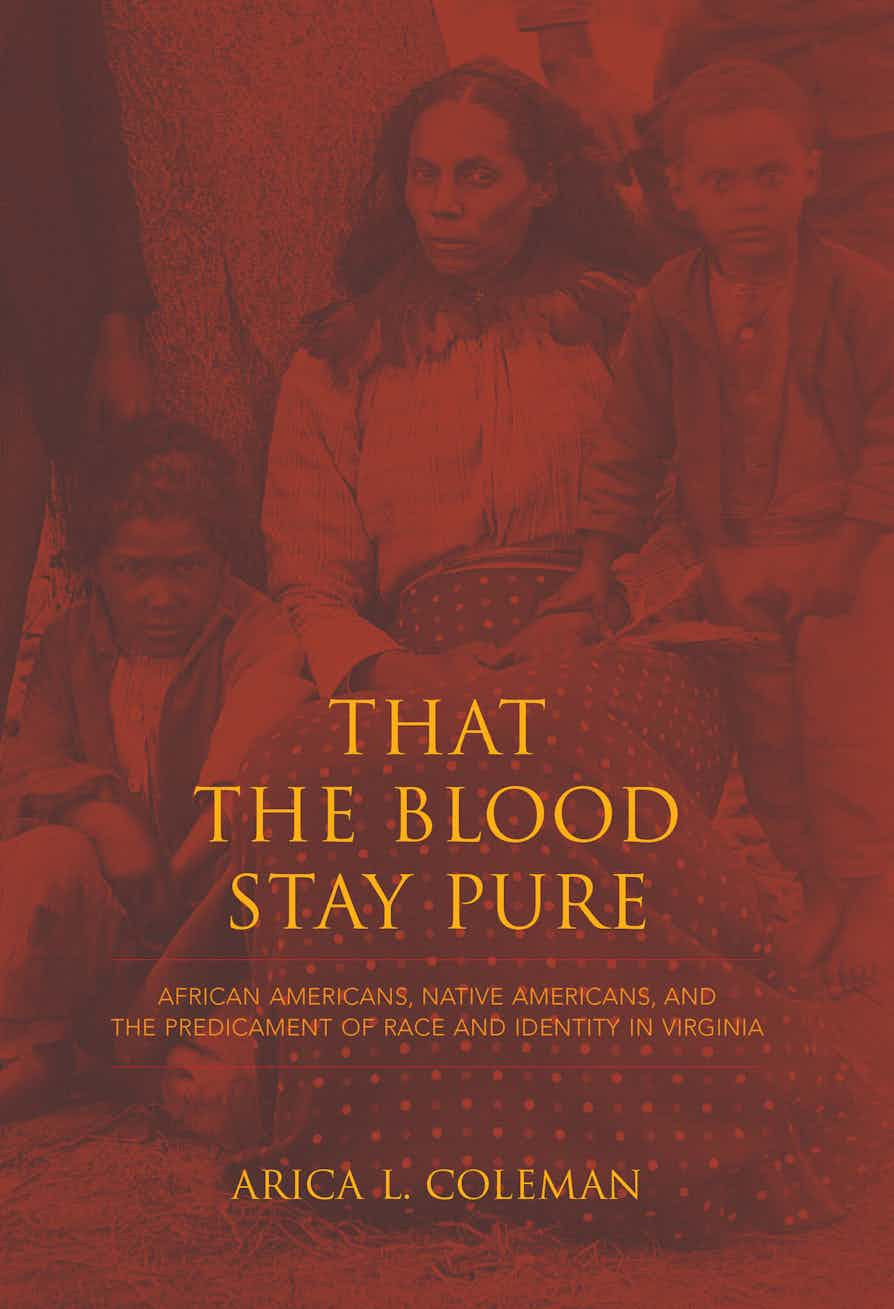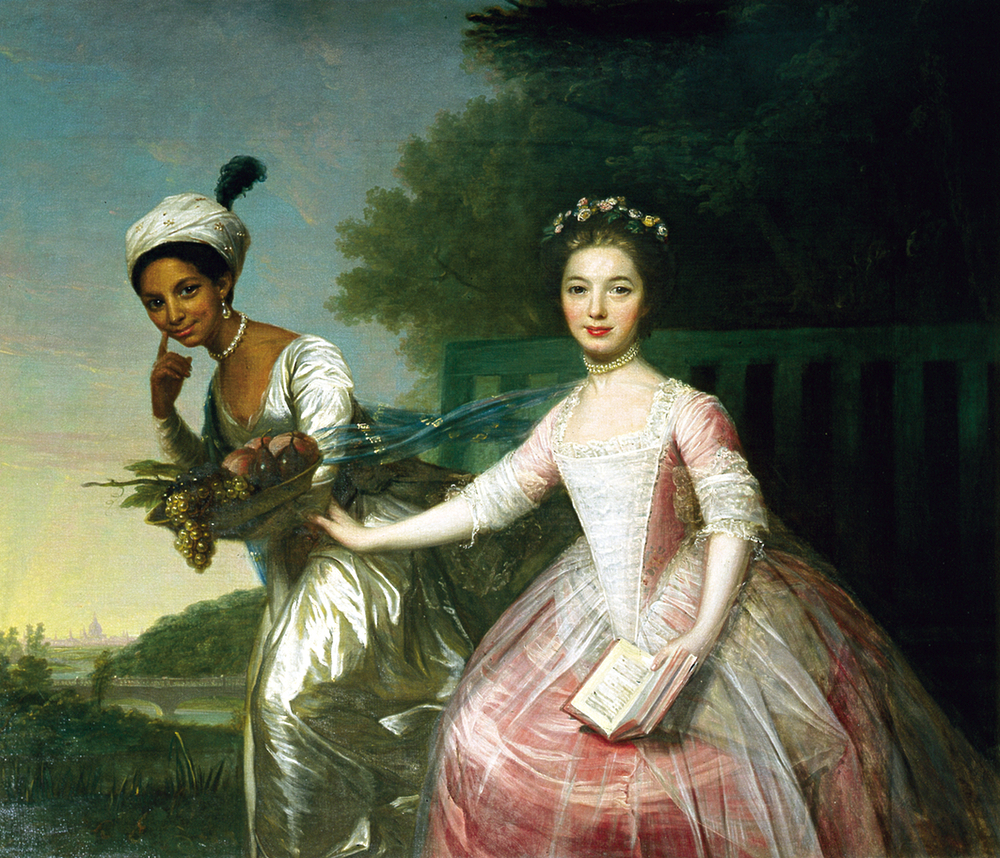Can ‘Belle’ End Hollywood’s Obsession with the White Savior?Posted in Articles, Book/Video Reviews, History, Media Archive, United Kingdom on 2014-05-15 04:56Z by Steven |
Can ‘Belle’ End Hollywood’s Obsession with the White Savior?
The Daily Beast
2014-05-04
The black characters in films like ‘The Help’ and ’12 Years A Slave’ always seem to need a white knight. But the black protagonist in ‘Belle,’ a new film about racism and slavery in England, takes matters into her own hands.
The film Belle, which opens this weekend in limited release stateside, is inspired by a true story, deals with the horrors of the African slave trade, and its director is black and British. For these reasons, comparisons to the recent recipient of the Best Picture Oscar, 12 Years a Slave, are inevitable
But there are some notable differences.
Among them, Belle is set in England, while 12 Years a Slave is set in America. 12 Years a Slave depicts—in unflinching detail—the brutalities of slavery, while Belle merely hints at its physical and psychological toll. But the most significant deviation is this: whereas 12 Years a Slave faced criticism for being yet another film to perpetuate the “white savior” cliché in cinema, in Belle, the beleaguered black protagonist does something novel: she saves herself.
“Belle marks the first film I’ve seen in which a black woman with agency stands at the center of the plot as a full, eloquent human being who is neither adoring foil nor moral touchstone for her better spoken white counterparts,” the novelist and TV producer Susan Fales-Hill told The Daily Beast…
Read the entire article here.


